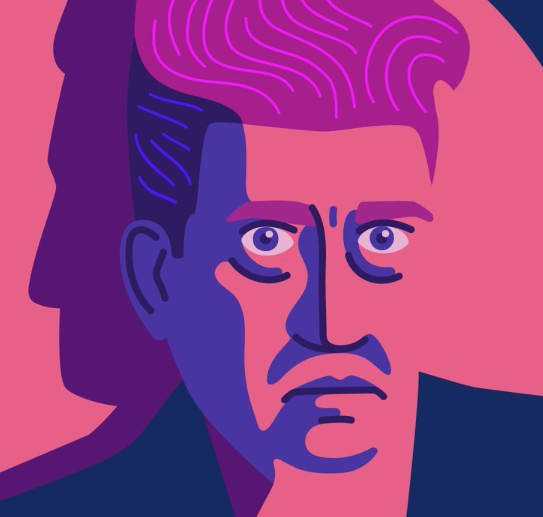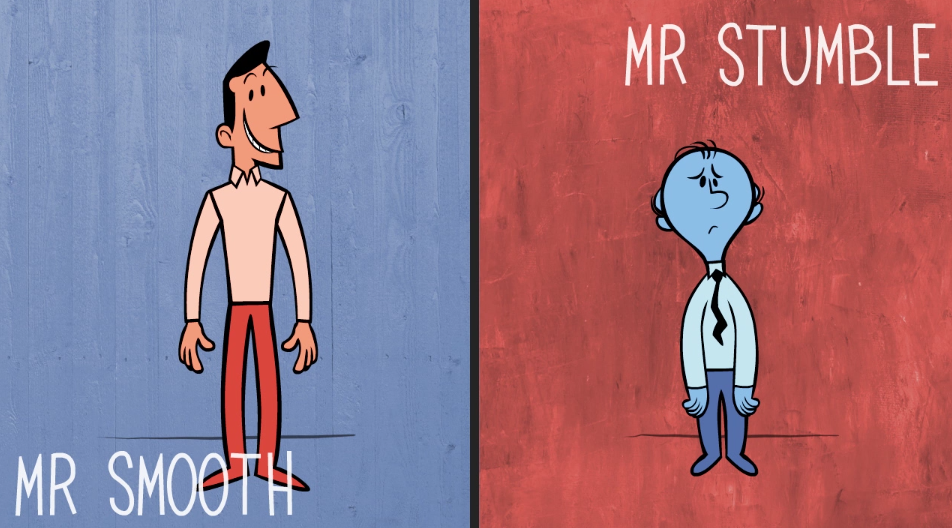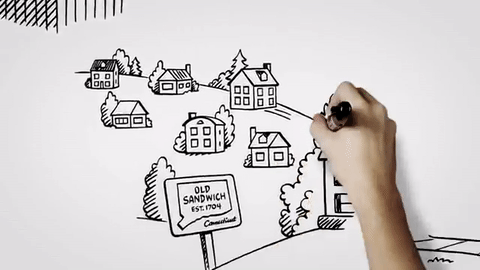Whiteboard Animation vs. Talking Head Videos
— January 5, 2017
Despite the wild popularity and critical acclaim of RSA style whiteboard animation over the past decade, you might still be skeptical of the power of whiteboard animation—and that’s understandable. Embracing animation as the medium for your message can feel like a big leap. Many companies are concerned that whiteboard animation is too simple, or not as persuasive or informative as a talking head—with a real-life flesh and blood expert—can be.
But that’s just not the case.
Over the past 10 years, whiteboard animation has proven itself again and again as the hands down favorite for reaching viewers with complex nuanced information. Everything from product explainers, detailed software launches and updates, and even full blown fictional storytelling benefit from whiteboard animation. The neuroscience is in, and whiteboard animation wins vs. a talking head video every time.
Your Brain Loves Whiteboard Animation
The strength of animation is rooted in the way our brains processes information, particularly complex ideas, new concepts, and challenging topics. We’re just not that good at taking in large amounts of new information at once—especially when each piece of information builds on the previous point. It’s a matter of memory retention, and the problem is focus. People just don’t stay focused on talking head videos.
The speakers themselves are a distraction, as our brains struggle to analyze and correlate every facial tick and twitch of the eye. From the instant we see another person, we’re gauging their reliability and authority against a complex background of previous experience that the producers of the talking head video can’t possibly anticipate. Even the background of a live action video can provide numerous distractions and obstacles to focused attention.


Whiteboard animation literally removes those obstacles and provides the viewer a clean, blank canvas populated by only the most basic, readily identifiable symbols and elements. The stage is first cleared, then set for exactly the story the animation wants to tell—and nothing more.
Simplicity and Structure: Why You Brain Likes Whiteboard Animation
Neuroscientist and Ph.D Carla Clark explains how we process data, and why whiteboard animation is almost perfectly tailored to conveying information:
“The simpler the object is, the less effort the brain needs to process and relate to the image. Applying this neuropsychology to whiteboard videos vs. talking heads, we’re wired to pay more attention to the simplicity of whiteboard videos. This frees up processing power to digest the narrative.
Animation subtracts opportunities for misinterpretation and distraction and replaces them with digestible images with baked-in concepts. Whiteboard animation is a palette cleanser and appetizer all in one that leaves viewers both satisfied and hungry for more.

Even the motion of the hand in a whiteboard animation is a part of how our brains connect plot points.
Suspense and Reward: The Science of Whiteboard Animation
The structure of the message—the hand moving across the canvas as it draws—pulls viewers along with a clear linear message that has suspend built in. Dr. Clark calls attention to this “vivid visual progression, where viewers consume information one step at a time in a logical sequence.” She argues that animation, “keeps viewers engaged and prevents wandering attention.” What’s more, as the hand draws each image the viewer is naturally engaged trying to anticipate the next stage of the video based on what they’ve already seen.
As the image is drawn before their very eyes, the viewer’s anticipation is either satisfied with an image they expected—they’re rewarded with a little dopamine hit for paying close attention to the information that came before—or they’re surprised by a novel image (and a little more dopamine) and are further drawn into the narrative. It’s a natural engagement feedback loop that fosters both retention and interest and either way, it’s a win-win from an engagement standpoint.
Whiteboard animation literally rewards viewers for just paying attention. And people do pay attention.
The Retention Deficit
To test this theory of engagement, psychologist Richard Wiseman showed 1,000 people two videos with the same script. The only difference was that one was a talking head video and the other was a whiteboard animation of this same speech. The results?
92% of viewers remembered essential information from the whiteboard video version, while only 70% of viewers remembered vital information from the talking head video version.
Wiseman calls that 22% spike in attention “absolutely massive.” “Simply by adding animation,” Wiseman continues, “you see a very big increase in not only enjoyment and entertainment, but in knowledge transfer—and that’s what’s absolutely key because we’re seeing a huge shift to online learning.”
Whiteboard Animation is the Future of Learning
2016 was the first year that mobile video became the dominant way people watch online video, and mobile viewers are nothing if not easily distracted. Whiteboard animation lets viewers hone in on the the information you want them to learn, and nothing else. And that’s just the tip of the animation iceberg.
You can make numerous improvements and tweaks to your animated video that increase engagement. Higher production value, quality voiceover talent, an engaging soundtrack or original score, extensive character development, and professional scripts all improve the viewer experience. Once you embrace animation as the medium for your message, the sky is literally the limit.
The Marketing Power of Animation
Kate Harrison, a marketing expert and Forbes contributor highlights this clarity. “Whiteboard animation videos are an essential tool for marketers trying to convey complex ideas in a compelling way—without ‘talking heads’ or expensive video production.” She continues, “They blend professional quality audio with real-time illustrations that come to life before the viewer’s eyes, whiteboard animation makes even dry material interesting.”
And more and more people are turning to online video as an instructional or primary education tool—even for complicated “boring” material.
Engaging Video is the Key
“I think what [whiteboard] animations do is hold attention—in an incredibly engaging way, and that means the information simply goes in,” concludes Wiseman. No matter what your stylistic preferences are or your brand identity, the power of animation can’t be ignored. Whiteboard animation gets your message across.
Cartoon-style whiteboard animation with its readily identifiable characters (sometimes their t-shirts are even labeled!), might seem simplistic, but in an increasingly mobile world where distractions are everywhere, a little clarity is what your viewers crave.
The Talking Heads broke up in 1991. Ditch live action for whiteboard animation and boost attention, retention, and interest with videos that keep people watching. Or stick with what worked in the 90’s. Your call.
Digital & Social Articles on Business 2 Community
(84)


